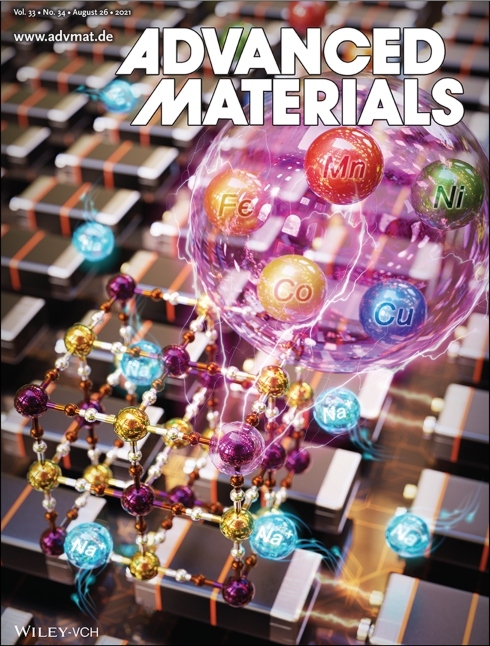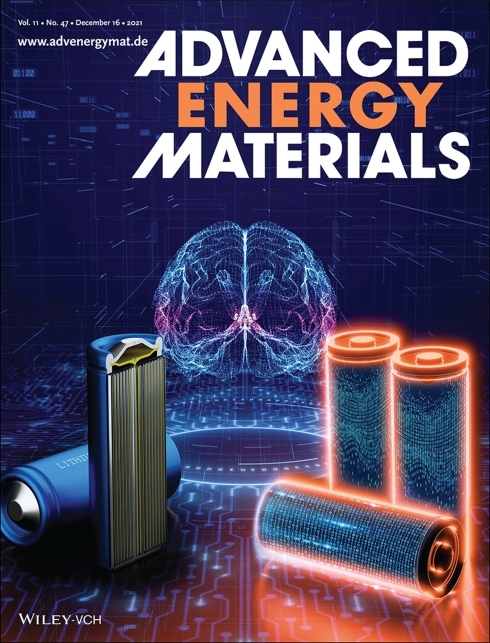High Entropy Materials
High Entropy Materials are a very innovative and complex materials class based on the incorporation of many different elements into a single-phase crystal structure. Unlike binary oxides (e.g. MOx, M = any metal), where only one particular element occupies the respective places in a crystal structure, high entropy materials have a large variety of possible elements that can be incorporated (e.g. (ABCDE)Ox, with A-E being different metals). This feature leads to strong interactions between the different elements, often referred to as cocktail effects, and often results in completely different properties compared to the respective binary material. Therefore, this exciting class of materials offers an almost countless number of possible element combinations, since the number, stoichiometry and selection of the chosen elements can be varied, which in turn leads to a huge number of achievable properties. The possibility to tailor the properties of these materials by varying the stoichiometry, the number and the choice of elements, makes them very interesting for a wide range of applications.
Until now we worked with many different single anionic high entropy materials like oxides, sulfides and molybdates but also explored multi anionic high entropy materials like the oxyfluorides. Additionally we entered the realm of metal organic frameworks and could succesfully introduce the high entropy concept here as well. A few selected publications can be found below, a comprehensive list is linked here.
In our group we are synthesizing novel structures and investigating their properties in various application areas, especially electrochemical and electronic applications are the focus of our interest. We are always searching for new ideas, possible structures to which the high entropy concept can be applied, and collaborative proposals. Please do not hesitate to contact us if you would like to get in touch.


